Mental Health and Behavioral Disorders
In the span of life, have you ever experienced mental health problems? It may have a great effect on thinking ability, feeling, action, mood, and behavior. Mental Health embraces emotions, psychology, and social well-being. Mental health is essential to every stage of life, from childhood and adolescence to adulthood.
The statistics show out of the 100, 19% of the adult population, 46% of the teenagers, and 13% of the children are affected by mental illness.
People may be your relatives, neighbors, or also who may live next door to you are struggling with mental illness.
Therefore only half of the affected people get treatment. Those with untreated one can face high medical expenses, poor performance at the workplace, or high risk of suicide.
Voluminous people have mental health alarms from time to time. However, mental health can become a mental illness when the ongoing signs and symptoms arises frequent stress and disturb your ability to function.
Mental health is the topic on which many authors and writers have researched and written articles.
Mental illness states a wide range of mental health disorders that affect your thinking mood and behavior. As well as, depression, anxiety disorders, eating disorders, schizophrenia, and addictive eating are examples of conditions of mental health.
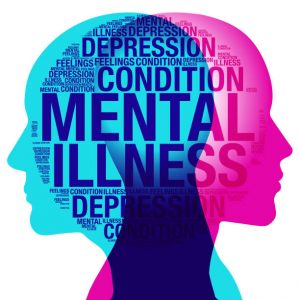
It can become miserable and can cause problems in circadian life, includes school or work life. However, in utmost cases, medications and talk therapy works well to treat it.
Symptoms:
The signs and symptoms of mental health depend on the illness, circumstances, and factors.
Moreover, signs and symptoms of mental health are trailed by the following:
- Shrink ability to concentrate
- Always confused
- Extraction from friends
- Mood swings
- Detached from reality, fear, or illusion
- Suicidal thinking
- Reduce the ability to cope up with everyday glitches or anxiety
- Addiction to drugs or alcohols
- Extreme anger, aggression, or violence.
Sometimes, the signs and symptoms also include physical factors such as stomach pain, back pain, headache, or other arcane aches and pains.

Initial Signs:
A person experiencing one of the following feelings can be initial signs of mental health:
- Too much or too little sleeping or eating
- Dragging away from normal activities and people
- Have no energy or little energy
- Have a feel of helpless and hopeless
- Indescribable aches or pains
- Having illusion of voices that does not exist in real
- Have a feel of numb
- Always fighting with friends and family.
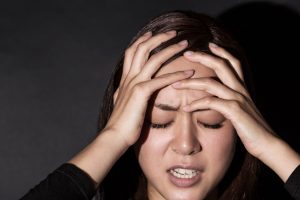
Mental and Behavioral disorders:
-
Attention-Deficit / Hyperactivity Disorder (ADHD):
It is a behavioral disorder, firstly diagnosed in childhood. The characteristics of ADHD are a distraction, impulsivity, and, in specific cases, hyperactivity. The symptoms always appear at the age of 7 or maybe appear at the very preschoolers. It is suggested that 3 to 5% of children have ADHD. However, boys are more likely to have ADHD than girls.

There are different types of ADHD and the major are mentioned below:
- AHDH combined type: It is considered as the most important type and illustrated by distractibility, inattention, impulsive and hyperactive behavior.
- ADHD inattentive and distractible type: This type is followed by predominant inattention and distractibility with no hyperactivity.
- ADHD impulsive or hyperactivity type: It is considered as the least common type and is portrayed by impulsive and hyperactivity without distractibility and inattention.
Causes of ADHD:
It is a brain-based biological illness and the most researched region in child and adolescent mental health. The cause of this disorder is still unknown. However, some evidence shows that this is genetic.
Therefore, a low level of dopamine neurotransmitter is observed in children with ADHD. Besides this, brain metabolism in children with ADHD is subordinate in the parts of the brain that controls attention, social verdict, and movement.
Symptoms:
The symptoms of ADHD occur more often and interfere with the learning processes and relationships. Moreover, symptoms may occur without any disorder and every child has experienced it. The subsequent are the most common symptoms of ADHD
- Difficulty in nourishing attention
- Difficulty in listening
- Easily distracted
- Poor skills and study skills
- Has difficulty in waiting
- Takes often risks
- Never thinks before action
- Talks extremely
- Lack of concentration on the task
- Forgets things repeatedly.

Treatment:
Treatment for this disorder will be based on children’s physics. It may include parental support, behavioral training, and medications.
Psychostimulant Medication is highly effective for 75-90% of children with ADHD.
-
Eating Disorders:
This term eating refers to a condition of abnormal eating behavior. This can be a serious mental problem that can cause life-threatening. However, they acquire medical care by health care professionals. The most common eating disorders amongst adolescents and adulthood are:

Anorexia Nervosa: It involves self-starvation and it can be characterized by low body weight, partial body image, amenorrhea (absences of three consecutive menstrual cycle), an extreme fear of gaining weight.

Bulimia Nervosa: It is an uncontrolled episode of overeating. It is followed by self-induced vomiting, misuse of medications that cause rapid production of urine moreover excessive workout to control weight.

In females, out of 100 among the age of 16 and 18 suffers from anorexia. In males, 5 to 15% of teens are diagnosed with anorexia. Nevertheless, some medical complications can result from anorexia:
- Cardiovascular; followed by arrhythmias, bradycardia, and hypotension.
- Hematological or Blood
Gastrointestinal; stomach and intestine
- Renal
- Endocrine
- Skeletal.
Bulimia Nervosa has been observed in all westernized industrial countries. It is expected that 1 to 4% of females in the United States have bulimia. Moreover, It is said that those who are suffering from bulimia are more likely to have a family history, include:
- Eating disorders
- Physical Illness
- Mental health problems; followed by anxiety or mood disarrays.
-
Generalized Anxiety Disorder:
This is a real mental problem. People suffering from anxiety have lots of worries and fears that seem to have no exact cause. As well as, they also worry about the future, past behavior, and family matter.

It is caused by both life and environmental factors and the treatment may include therapy and medications.
-
Learning Disorder:
It refers to the difficulty in an academic subject such as mathematics, reading, or writing style. A child’s ability to understand these subjects will be below the ability of a child’s age, level of intelligence, and education.
Surprisingly, the statistic also shows that 8% of children in the school are categorized as having education disabilities and require some sort of special kind of education support.
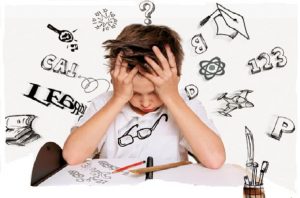
Causes:
It occurs due to the abnormality in the nervous system, which can either be in the structure of the brain or the chemical function of the brain. This defect in the nervous system may cause difficulty in receiving, processing, and also communicating the information in distinctive ways.
Other causes may also include problems during pregnancy, genetic predisposition, and general medical conditions.
Symptoms:
Each child may have different symptoms, but the most common symptoms are:
- Writing expression disorder.
- Reading disorder
- Mathematics disorder

How can it be diagnosed?
Parents or teachers can easily identify the learning order if the child is facing difficulty with the following:
- Reversing letters or numbers
- Reading, writing, or also with mathematics problems
- Understanding the directions
- Differentiating left and right
Treatments:
Learning order can also be treated by the corresponding efforts of your child’s doctor, parents, and teachers, group remediation, and special courses.
-
Emotional Behavior Disorder:
It refers to the ability of a person to be happy and control their emotions. The most common symptoms of emotional behavior disorder are:
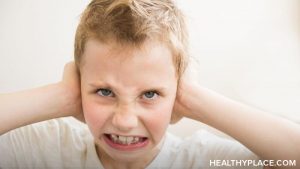
- Inappropriate emotions in normal circumstances
- The trouble with personal relationships, including relationships with teachers
- A general feeling of sadness or stress
- Feelings of anxiety and worry interrelated to personal or school matters
-
Panic Disorder:
Besides the above, it also refers to have a panic attack because of the sensitive anxiety, followed by rapid heartbeat, breathing, sweating, and also shaking.

Symptoms:
The following are the panic attack symptoms:
- Pain n chest and distress
- Chills or hot sensations
- Sense of detached
- Dizziness and also feeling unsteady
- Suffering from a strong, sudden fear of dying
- Fear of losing control or feels like as if a person is “going crazy”
- Feelings of unpleasant
- Heart shivers, irregular heartbeat besides quick heart rate
- Nausea and stomach upset
- Numbness or tingling
- Shaking and also quivering
- Sweating
- Trouble in breathing feels like as if a person is suffocating

Treatment:
The best treatment for pain disorder is either medication or psychotherapy sessions, which also involves talk therapy.

Mental Health and Fitness:
Positive change in mental health permits the people to:
- Recognize their potential
- Deal with the stress of life
- Productive work
- Do significant contributions to communities
Moreover, there are following ways to maintain positive mental health
- Receiving proficient help if you need it
- Involving with others
- Stay positive
- Getting active physically
- Serving others
- Having sufficient sleep
- Increasing surviving skills
When and why Did Health Organization has been founded?
Mental health is not just a concept of an individual’s psychology and emotions. Relatively it is also considered as the state of psychology. Where an individual is capable to utilize their intellectual as well as emotional abilities.
As well as, which meet the conventional demand, and functions in the society. In this regard, the World Health Organization (WHO) has been created in 1948. However, the world’s mental health day is celebrated on October 10, every year.
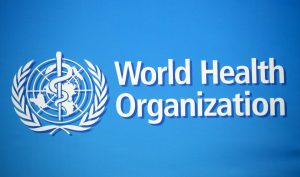
It works worldwide; safe the world, promotes health, and serves the weak. WHO also ensures that people around the world have health treatment. And also make them better well-being. Meanwhile, the aim of the organization is to:
- Improve knowledge about maintaining good health
- Increase the access to essential and high-quality medical products
- Help other countries in establishing their capacity to adhere to the International Health Regulations
- Coordinate the responses to non-communicable disease
- Report the role of social, economic as well as environmental factors in public health
Prevention:
There is no certain way to prevent mental illness. However, you can take definite steps to control stress, boost self-esteem, and also to increase resilience. Besides this, follow the steps below:
- Get a medical checkup, routinely
- Acquire help when need it
- Take care of yourself
- Always pay attention to warning signs.
You are a writer of your life; never put a full stop instead of battle through the pain,
You must carve a healthy life; ensure to continue with episodes of health gain.



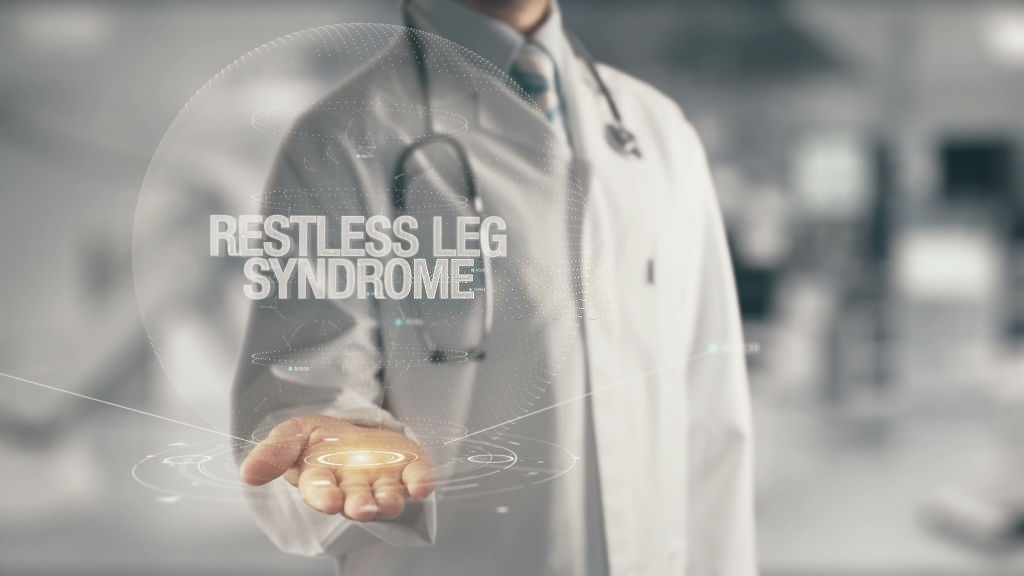
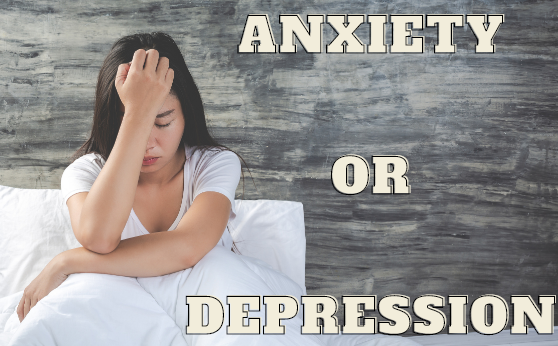
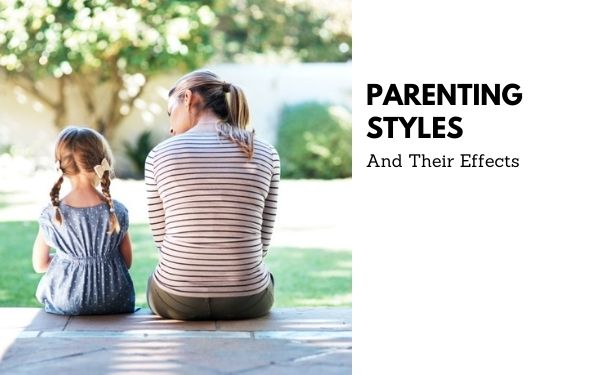









0 Comments